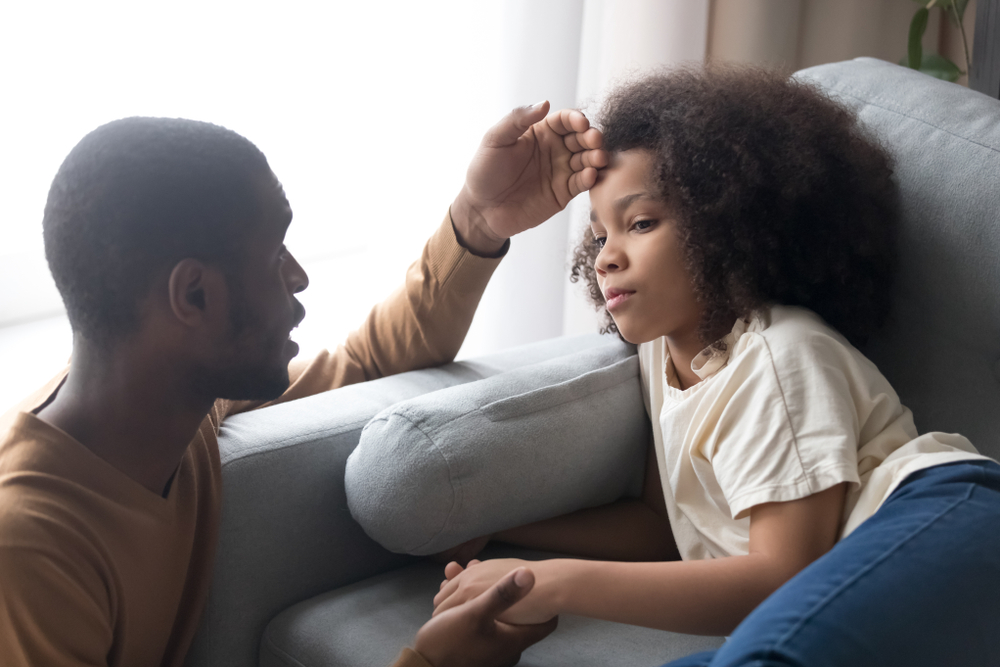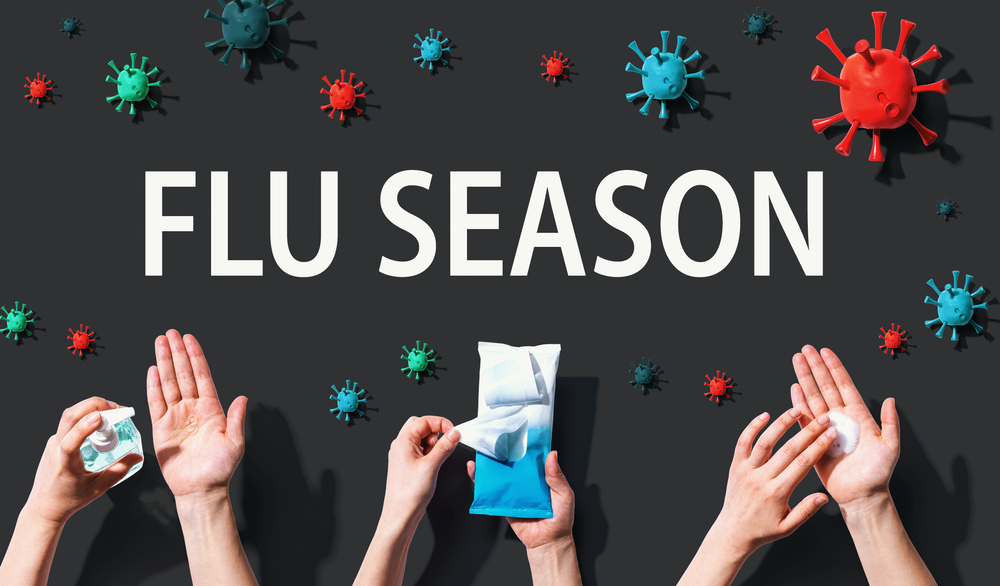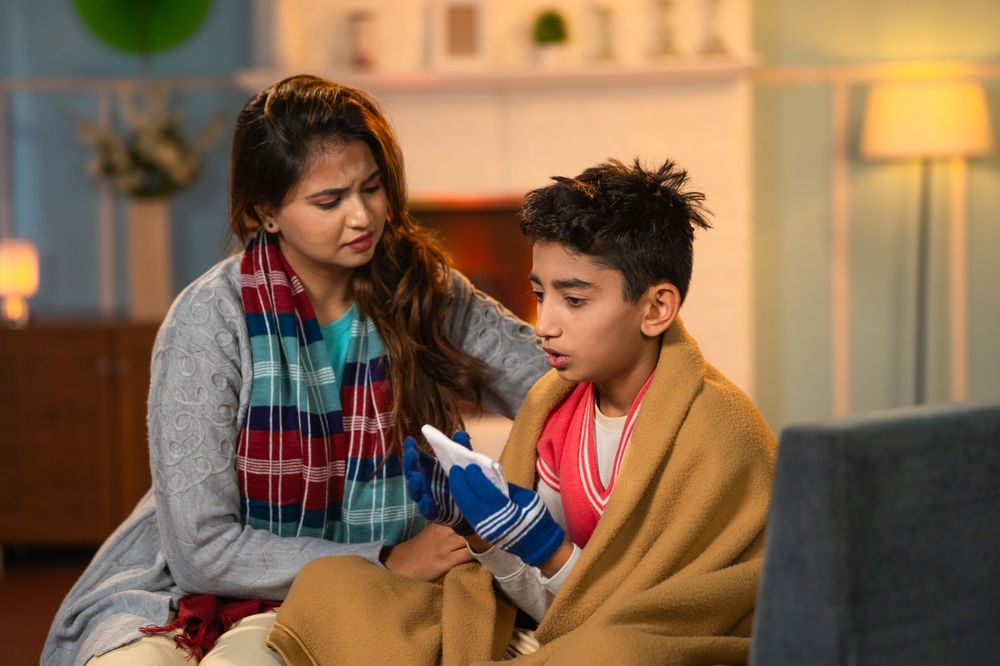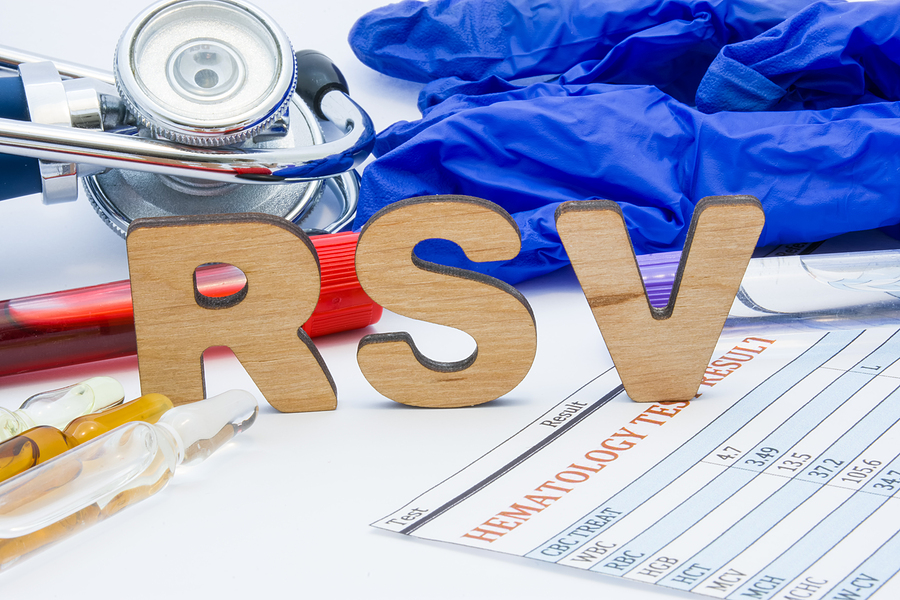By: Michelle Place, CRNP-P
Snowmageddon, Snowpocalypse, Snowzilla, whatever you want to call it there is a lot of snow out there and it is going to be sticking around for a while. With school out and snow on the ground the kids are going to be spending a lot of time out in it. Here are some tips for staying safe and warm while having fun in the snow. |
What to Wear
- Dress infants and children warmly for outdoor activities, but not too warmly. Excess perspiration will increase heat loss and wet clothing chills the body rapidly. Several thin layers will keep them dry and warm.
- The rule of thumb for older babies and young children is to dress them in one more layer of clothing than an adult would wear in the same conditions.
- Don’t forget warm boots and gloves or mittens. It is very important to wear a hat because most body heat is lost through the head.
- Check in on warmth. Tell children to come inside if they get wet or if they’re cold. Then keep watching them and checking in. They may prefer to continue playing outside even if they are wet or cold. Young children are less likely to recognize when they are cold and more likely to lose body heat quickly due to their smaller size.
- Don’t forget the sunscreen. The sun’s rays can still cause sunburn in the winter, especially when they reflect off snow. Make sure to cover your child’s exposed skin with sunscreen and consider using sunglasses.
- When riding in the car, babies and children should wear thin, snug layers rather than thick, bulky coats or snowsuits. As a general rule, winter coats should not be worn underneath the harness of a car seat. A bulky coat under a child seat harness can result in the harness being too loose to be effective in a crash.
Sledding
- Children should always be supervised by an adult while sledding. Studies show adult supervision decreases sledding accidents by half.
- Use steerable sleds, not snow disks or inner tubes.
- Sleds should be structurally sound and free of sharp edges and splinters, and the steering mechanism should be well lubricated.
- Children should always sled feet first and sitting up, instead of lying down head-first. This allows them to steer and control the sled better. Sledding while lying down increases the risk of head, spine and abdominal injuries.
- Always wear a helmet while sledding.
- Avoid sledding in crowded areas. Keep young children separated from older children.
- Sledding hills should be free of obstructions like trees, fences, trunks or holes, be covered in snow not ice, not be too steep (slope of less than 30º), and end with a flat runoff not the street or a pond even if it appears frozen.






